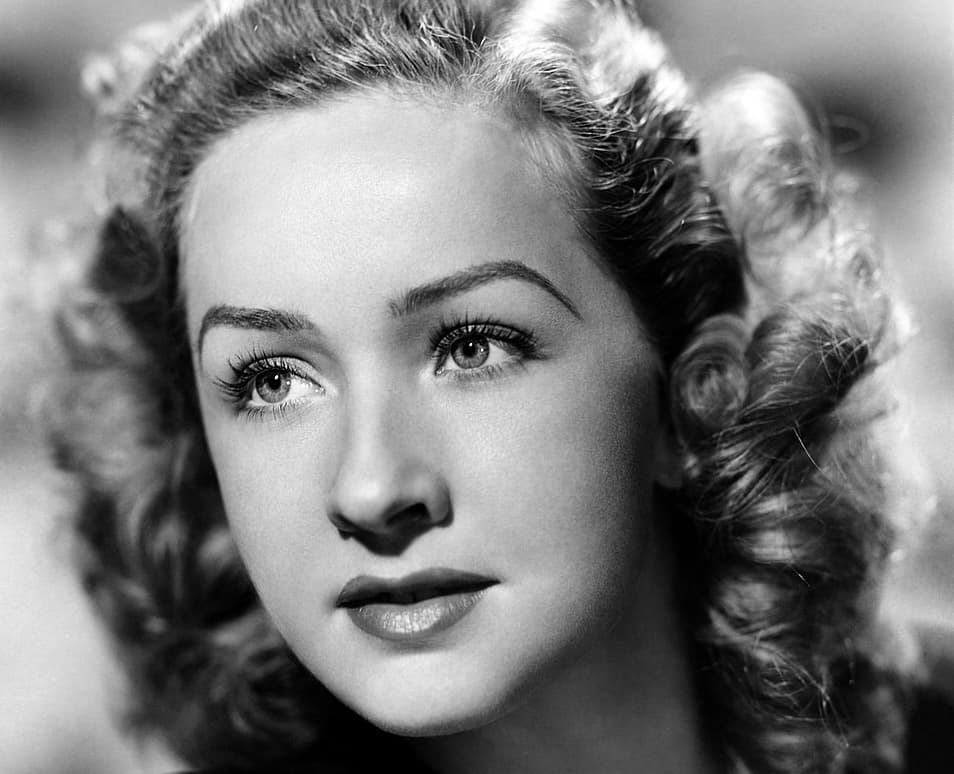Bonita Granville, a prominent figure in Hollywood during the 1930s and 1940s, is the subject of a new biography titled Rare Beauty: Bonita Granville A Biography by Kate Arndt. The book, published by BearManor Media, delves into Granville’s life, exploring her rise to fame and the complexities of her character beyond her on-screen persona.
Granville gained recognition for her role as Mary Tilford in the 1936 film adaptation of Lillian Hellman‘s play, The Children’s Hour. In this film, her character’s false insinuations about a love triangle between two schoolteachers lead to devastating consequences, including the closure of the school. Despite the film’s happy ending, it was Granville’s chilling portrayal that drew public ire, with many viewers urging her to reform her ways. In reality, Granville was far removed from her character, having to mentally prepare herself to embody such a malicious role.
The narrative of Arndt’s biography presents Granville as an actress who managed to maintain her integrity amidst the often tumultuous world of Hollywood. Raised by a strict Roman Catholic single mother, Granville differed from contemporaries like Judy Garland and Deanna Durbin, never succumbing to the pressures that often derailed young stars. She later portrayed Nancy Drew in a series of films, further solidifying her status as a beloved figure in cinema.
Though Granville aspired to more ambitious roles, the reasons for her limited opportunities remain unclear in Arndt’s account. It seems that her unwillingness to engage in the cutthroat politics of the industry may have hindered her career. Personal relationships also played a significant role in her life; her romance with fellow child star Jackie Cooper ended due to his self-destructive tendencies, which Granville found troubling.
Arndt’s research benefits from interviews with several of Granville’s contemporaries, who shared insights about the actress, as well as cooperation from Granville’s daughter. Access to the Granville archive at the Henry Ransom Center in Austin, Texas, provides a comprehensive view of her life, making this biography a significant contribution to the understanding of Granville’s legacy.
While some readers may seek a detailed analysis of Granville’s films, Arndt’s focus on her character reveals a woman who cared deeply for others. Granville often responded to fans’ personal dilemmas with sensitivity and insight, showcasing her remarkable ability to connect with people. Despite facing challenges in her career, she found personal fulfillment in her marriage, becoming an executive alongside her husband, a producer who collaborated closely with the Disney organization.
Arndt portrays Granville as nearly perfect, a perspective some might find overly idealistic. Critics sometimes labeled her too nice or even dull, yet those who knew her described her as lively and engaging. The biography emphasizes Granville’s talent for helping her friends navigate their struggles, a quality that resonates deeply with Arndt, who found inspiration in Granville’s story during her own challenges with autism.
In conclusion, Kate Arndt has crafted a biography that transcends traditional film star narratives. By concentrating on Granville’s character rather than solely her career, she fosters a connection that is rare in the realm of celebrity biographies. Granville’s enduring legacy is not just her cinematic contributions but the warmth and compassion she offered to those around her.

































































